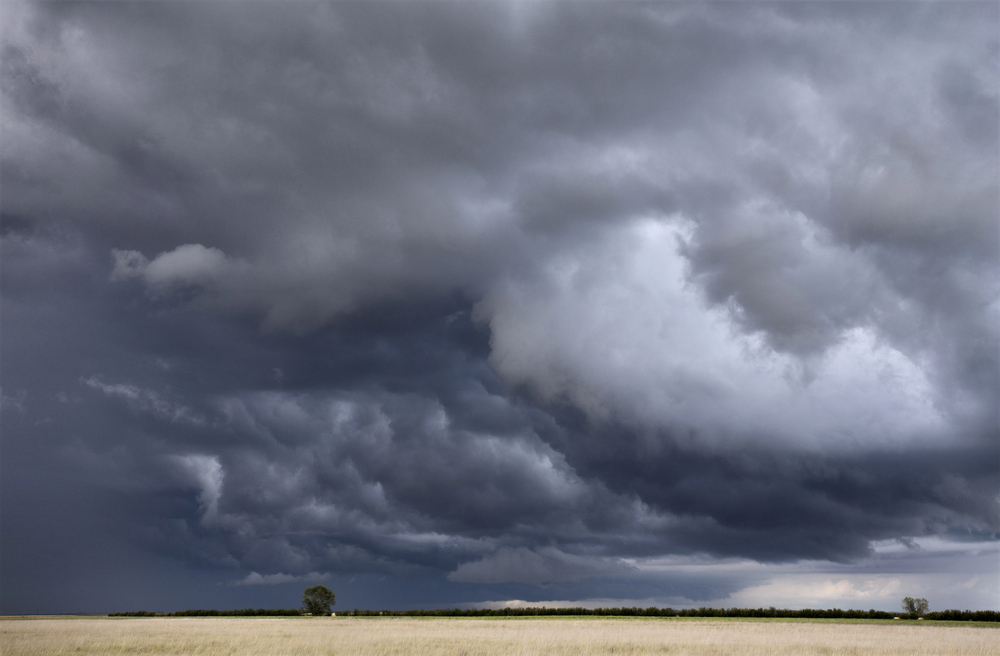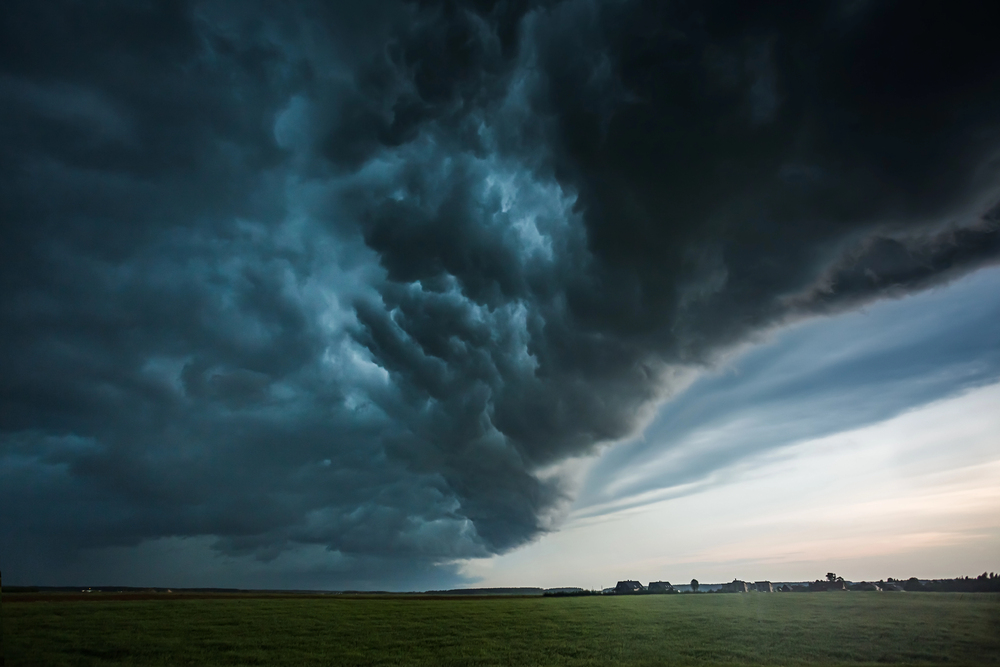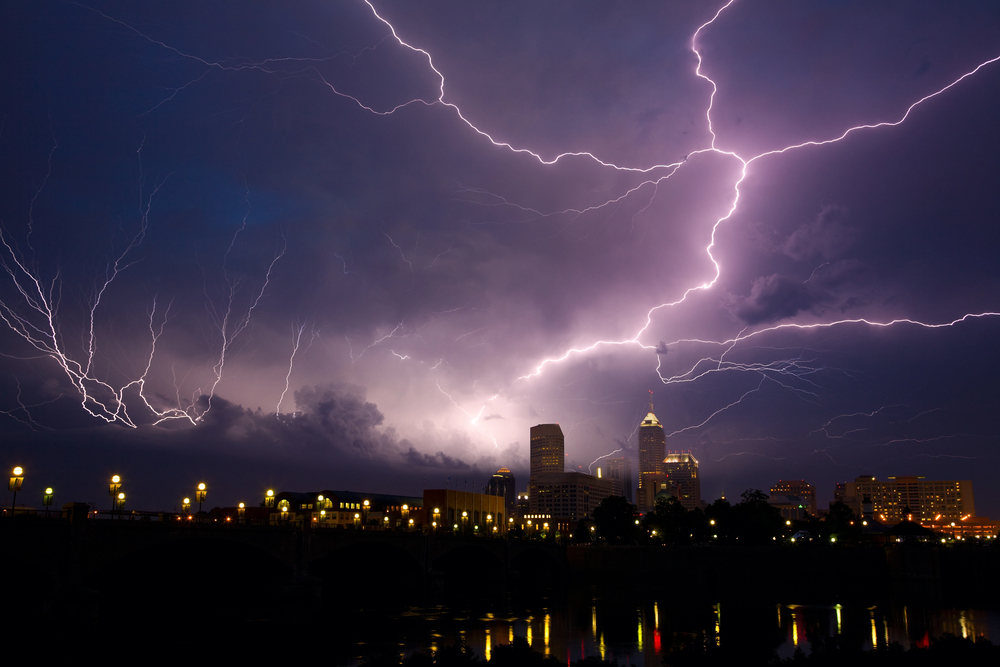Severe Convective Storms Lead Concerns for Insurers
The vast majority of insurance company executives view severe convective storms (SCS) as the leading threat to their balance sheets, according to a Demex survey.

The vast majority of insurance company executives view severe convective storms (SCS) as the leading threat to their balance sheets, according to a Demex survey.

The U.S. property & casualty insurance industry almost tripled underwriting profitability in the first half of 2025 compared to the same period in 2024, but catastrophes continue to drive up homeowners premiums.

2024 saw the second-highest amount of tornadoes on record and 2025 is predicted to continue above-average activity. One weekend alone in mid-May caused $9 billion-$11 billion in damage.

Despite rising concerns, 26% of commercial property owners admit to knowingly carrying inadequate insurance coverage to account for severe weather events, an 8-point increase from 2023.

The significant increases were driven by inflation, labor shortages and supply-chain disruptions, according to a Verisk report.

Following a brief lull in tropical activity in the wake of Hurricane Ernesto, the conditions are now primed for a series of back-to-back storms over the next few weeks in the Atlantic.

Both residential and commercial property saw total reconstruction costs increase from July 2023 to July 2024.

The guidance was set to take effect on June 1 and would have required mortgagors to acquire replacement cost value coverage for their property, including roofs, deeming actual cash value unacceptable.

The hearing highlighted the recent property insurance market turmoil due to the major disasters in Florida, Georgia, the Carolinas, California, Hawaii and Vermont.

The aggregate price change for lines of U.S. commercial insurance was up 5.6% for the first quarter, compared to the 4.8% increase in the fourth quarter of 2022.
